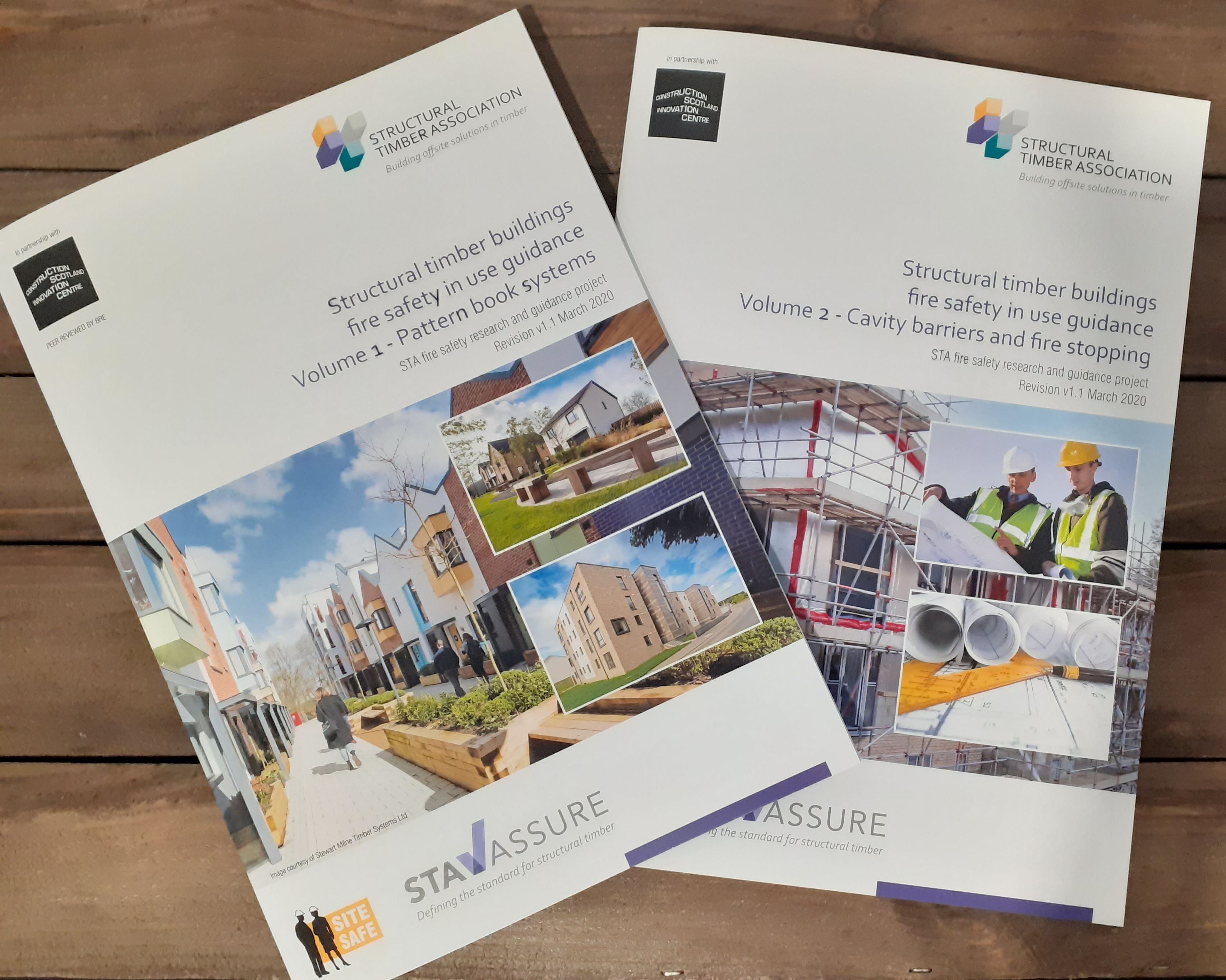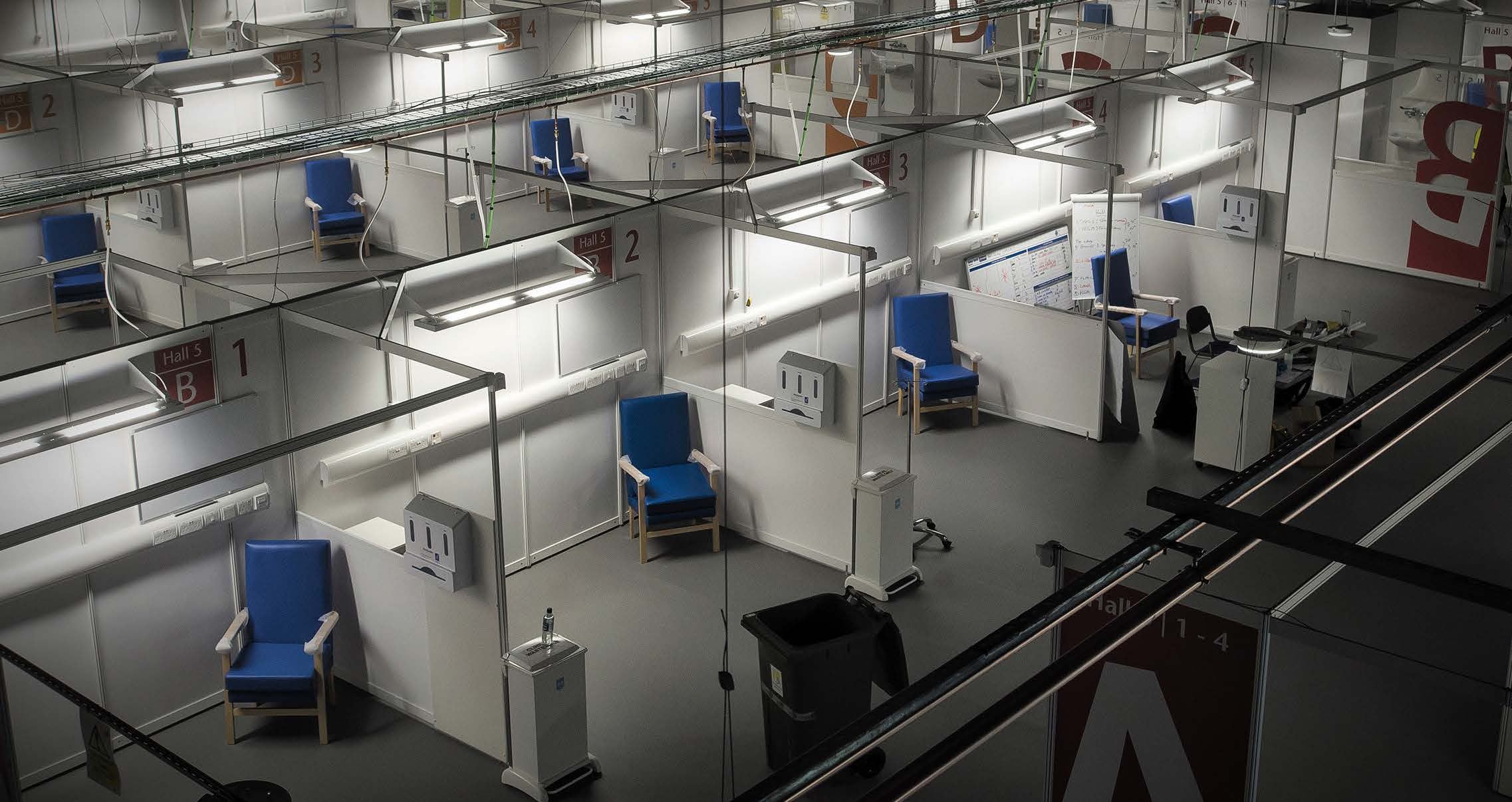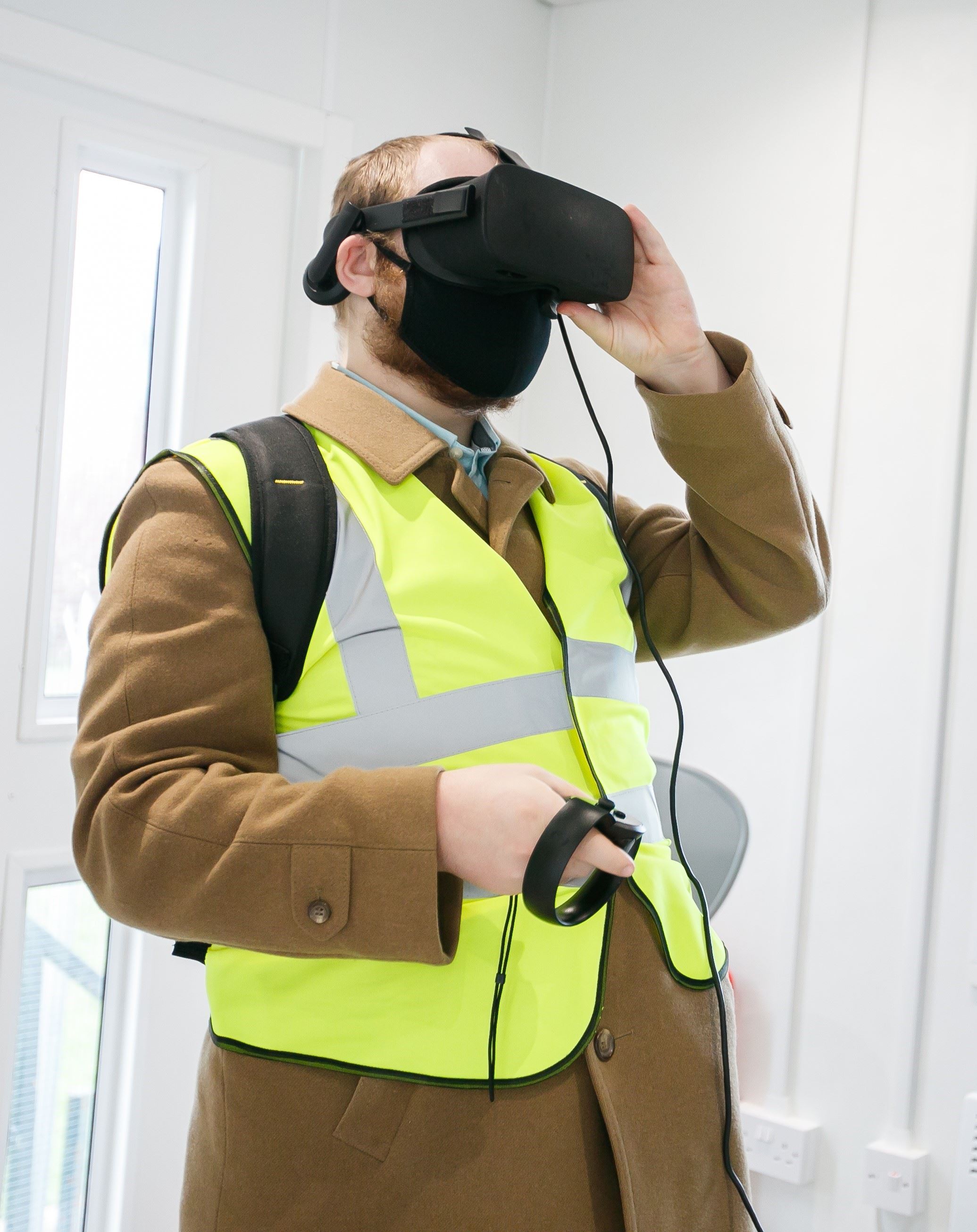Content
A-Z Green Technology Award Winner: Integrated Environmental Solutions (IES)
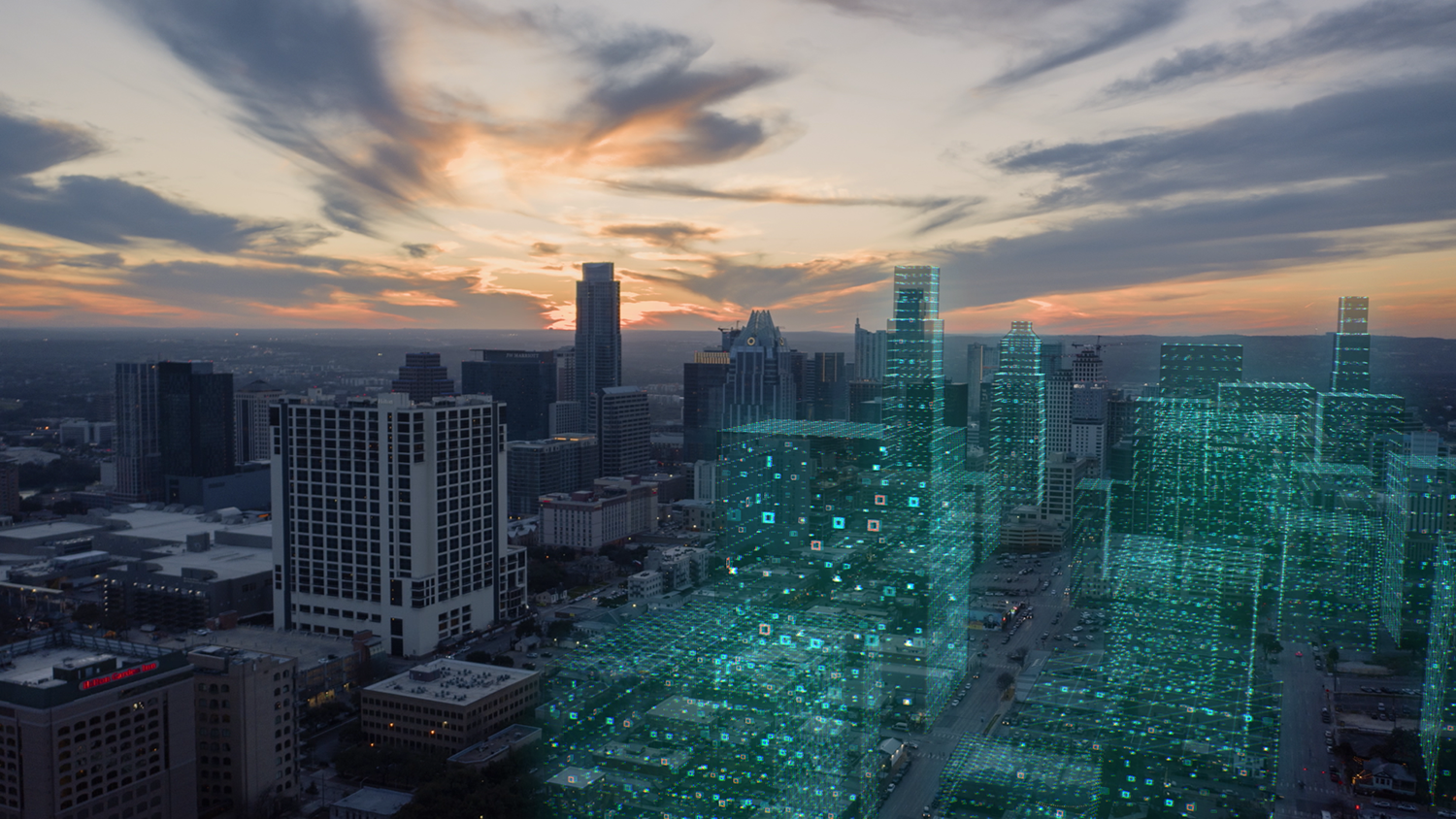
If you’ve ever been to Glasgow University, you will have seen its historic main building and campus, but you might not have imagined that there are two Glasgow Universities: the one built in 1870, and its digital twin.
Glasgow University’s digital twin was fully developed by a company called Integrated Environmental Solutions (IES),150 years after its Gilmorehill campus was first established. This allowed the University to model all of its buildings, new and old, to support it in reaching net-zero by 2030. IES’s building performance analytics technology and digital twin solutions have been applied to an estimated 1.5 million buildings worldwide – including universities, schools, commercial real estate, galleries, and homes – from Glasgow to Dubai, regularly uncovering up to 70%+ reductions in energy and emissions.
It was also the winner of our Accelerate to Zero Green Technology Award which recognises the best technological contribution to decarbonising the built environment.
The data problem
While many zero carbon targets have been put in place around the world, there is limited understanding of how these can be achieved.
This becomes even more challenging in the context of built environments where building owners and operators often struggle to access the data they need to back up decision-making for decarbonisation.
We spoke to Erik Archer, Associate Director, IES about how they offer a solution to this problem: “Our technology provides clear insight into a building’s performance and where scope for improvement lies, so that our users and end clients can make the highest impact and most cost-effective decisions to decarbonise their buildings.
Through detailed simulation and analysis of accurately modelled data, IES offers insights and creates effective building design, retrofit and energy optimisation strategies for clients. Decisions are then based on real information relevant to their individual scenario before any work has taken place.
IES believes that by employing similar technology-based approaches, every building in every city in the world has the potential to be decarbonised, and they are attempting to prove this by continuing to find energy saving improvements using their technology.
We're helping people understand their buildings better and it's about giving people the information they need to actually make the best decarbonisation decisions. Erik Archer, Associate Director, IES
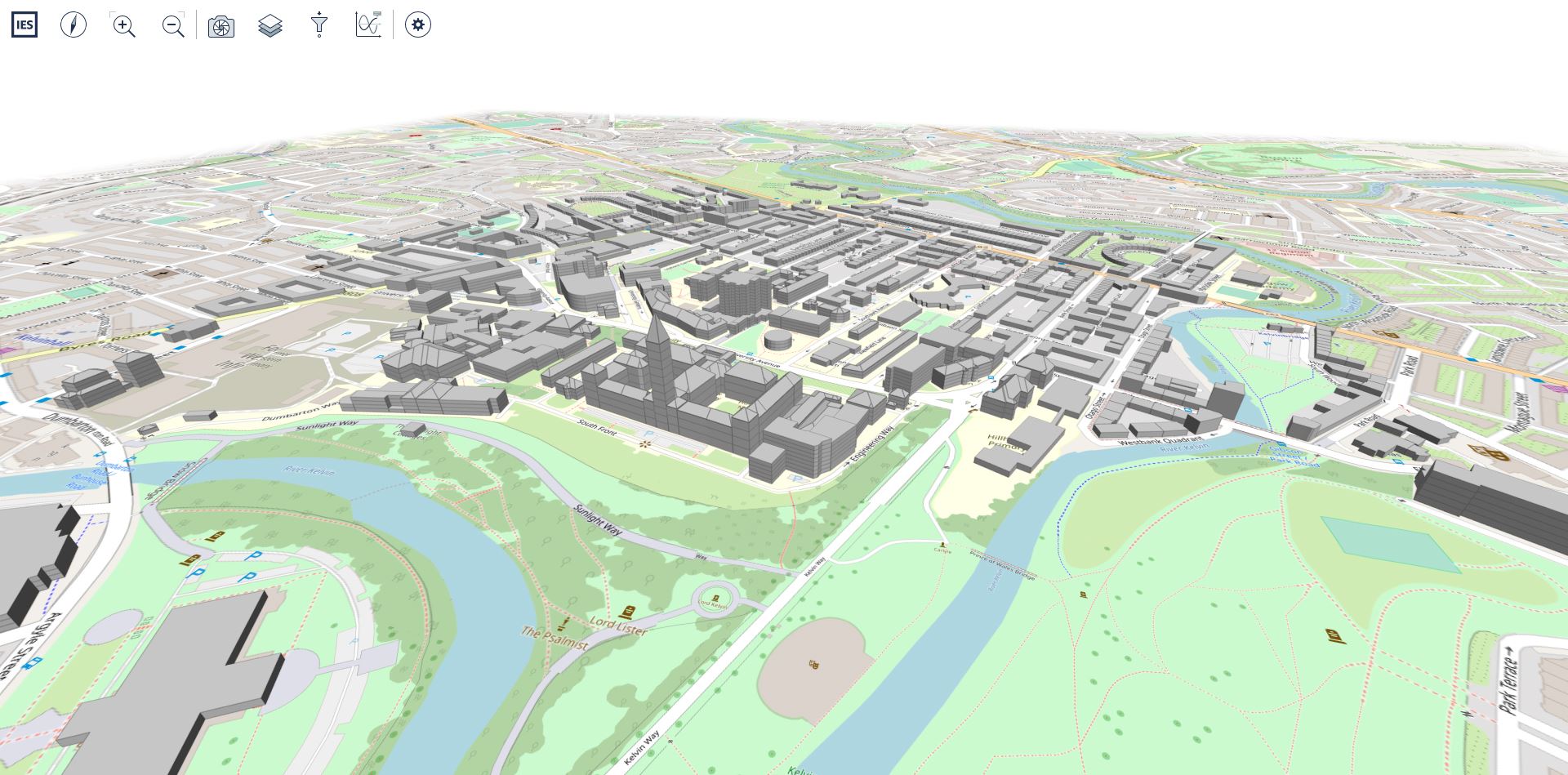
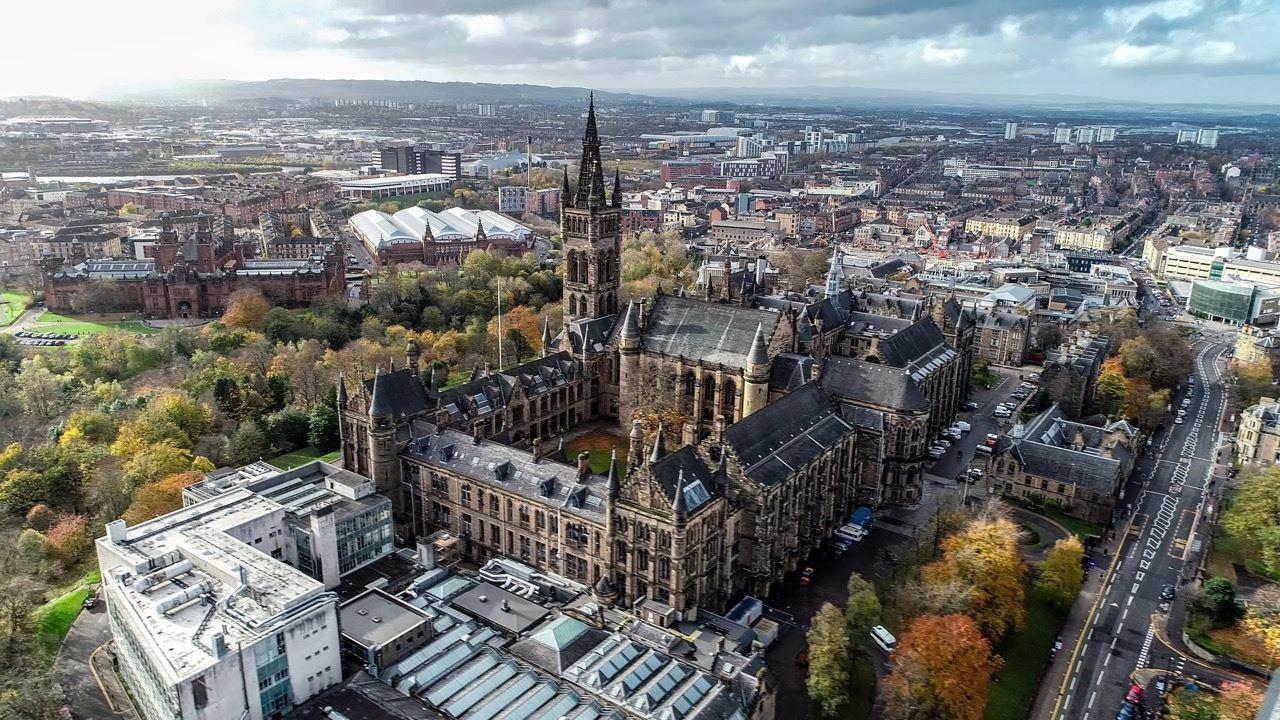
What is the green technology?
IES’s technology is a physics-based tool that simulates, analyses, predicts and monitors performance across the building lifecycle.
This informs better decisions around how to make buildings more energy efficient, and to achieve decarbonisation in the most effective, efficient way.
Their Virtual Environment (VE) software has been used for almost 30 years to support the energy efficient design and performance analysis of individual buildings. In 2019, they released a range of supplementary digital twin tools that can be applied beyond the individual building level to support the improvement of buildings at scale, across the entire lifecycle, encompassing design, operation, retrofit, master planning and energy network optimisation.
Their technology uses a physics-based simulation engine (APACHE): “It's well recognized within the industry for how accurate and robust the analysis it provides is. There's a lot of talk about AI and machine learning, which we pull elements of that into what we do, but we also have a physics-based simulation engine, so ours is a very much a science-based approach.”
Making impact, project by project
IES has been actively involved in various projects globally, demonstrating their expertise and impact across different domains. From developing net-zero roadmaps for individual buildings and portfolios, to delivering energy optimisation strategies for buildings in operation, and even conducting analysis to support the comfort, health and wellbeing of building occupants.
Their commissioning work for 1 George’s Quay would help the office building uncover savings of up to €108k and 302 tonnes of CO2/year. IES identified 76% total energy savings across Eday, Orkney Islands with less than a 6 year payback. Their technology was also used to support the Malaysian Government on a National Low Carbon City masterplan which, through a combination of strategies, had potential savings of 69.7% in energy and carbon emissions.
Overall IES and their global network of users boast over 75,000 projects per year across 100 different countries.
And they have had a measurable impact on the world’s energy demand. Erik says, “We calculated that the use of our technology to date has delivered energy savings equivalent to preventing more than 43 power stations from needing to be built and this continues to grow with each project the technology is used on.”
What’s next for IES?
Looking at the next few years, Erik said, “We are currently in an exciting period of growth for the business and are working with a number of strategic partners to help accelerate our penetration of new markets, with particular focus on Commercial Real Estate, Manufacturing and Industrial, Local Authorities, Education and Healthcare, while continuing to serve our traditional AEC client base.”
Erik notes among the challenges for scaling solutions like these are those relating to data access alongside the general upskilling required across the industry to ensure effective implementation of the technology.
The Green Technology Award
This integrated method won them the award for Green Technology at our first Accelerate to Zero Awards.
Erik’s take on winning the award: “It's important to be recognised by your entity, which is highly regarded, and obviously we are proud of the impact that both our technology and our people are making in our mission to decarbonise the world’s buildings – it is testament to the great work of our team.”
The future of the built environment
To close our conversation, we asked what Erik would like to see happen in the built environment in achieving a just transition to zero carbon. He noted three things. Firstly, a greater adoption of technology; secondly, better utilisation of energy models throughout the entire building lifecycle; and, finally, improved collaboration between all built environment stakeholders to work towards common zero carbon goals – three things we can all get behind.
Accelerate to Zero Awards 2024
Interested in being involved in this year’s Accelerate to Zero awards, either as a sponsor, applicant or attendee at the awards?

